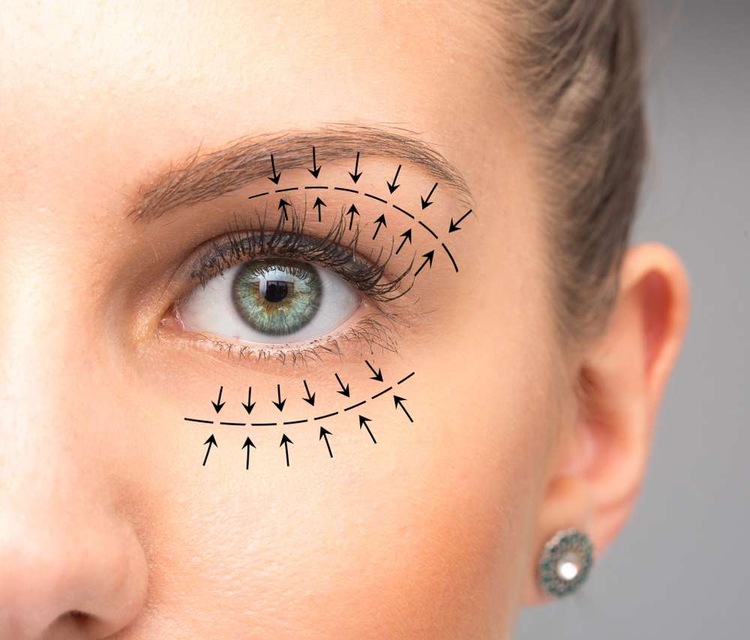Rejuvenating Powers of Clay: Ancient Beauty Secret to Modern Skincare
The journey of clay in beauty and wellness is as old as civilization itself. Clay therapy, or pelotherapy, traces its roots back to ancient times when it was used in various cultures for its healing properties. The Egyptians used it for preserving their mummies, while the Greeks and Romans used it to soothe muscle aches and skin ailments. As time passed, clay's significance in skincare and wellness continued to grow, establishing its firm foot in the modern beauty industry.

The Current Clay Scenario: A Beauty Trend Resurfacing
Today, clay is enjoying a massive resurgence in the beauty industry. It’s not surprising, given its natural detoxifying, exfoliating, and soothing properties. The market is brimming with an array of clay-based products, ranging from masks and soaps to shampoos and conditioners. The trend is backed by experts who vouch for clay’s ability to absorb excess oil, clear pores, and improve skin texture. However, it’s not just about physical benefits; clay-based treatments also offer a therapeutic, sensorial experience, making them a popular choice in spas and wellness centres.
Clay Types and Benefits: Unearthing the Richness
There are several types of clay, each with unique properties and benefits. Bentonite clay, derived from volcanic ash, is renowned for its powerful detoxifying properties, making it ideal for oily and acne-prone skin. French Green clay, on the other hand, is rich in minerals and is known for its toning and firming effects, which help in anti-ageing treatments. Kaolin clay, also known as China clay, is gentle and suitable for sensitive skin. It’s widely used in skincare products for its exfoliating and polishing action. The beauty of clay lies in its versatility, catering to different skin types and addressing varied skin concerns.
The Market Influence and Industry Impact of Clay
The beauty industry has seized upon the resurfacing trend of clay, leading to a significant rise in clay-based products. The global clay mask market alone is expected to reach USD 1.85 billion by 2025, as per a report by Grand View Research. The rise in consumer awareness about the harmful effects of synthetic ingredients in cosmetics is driving the demand for natural, clay-based products. It’s also worth noting that clay’s environmental sustainability adds to its appeal, aligning with the ongoing shift towards eco-friendly beauty solutions.
Unmasking the Reality: Ensuring Safe Clay Usage
While clay undoubtedly offers numerous benefits, it’s crucial to use it judiciously. Overuse can lead to skin dryness and irritation. Therefore, it’s recommended to use clay-based treatments once or twice a week and follow up with a hydrating moisturizer. Also, not all clays are created equal. The source and quality can significantly affect the clay’s purity and effectiveness. Hence, it’s essential to choose products from reputable brands that adhere to high-quality standards.
In conclusion, clay’s journey from an ancient healing remedy to a modern beauty staple is a testament to its enduring allure and beneficial properties. As we continue to gravitate towards natural, sustainable beauty solutions, clay’s role in skincare is poised to grow even more prominent. Its unique blend of efficacy, versatility, and sensory appeal makes it a potent ally in our quest for beauty and wellness. As the famous saying goes, “Sometimes, the best solutions are the simplest ones”, and clay certainly embodies this wisdom.




